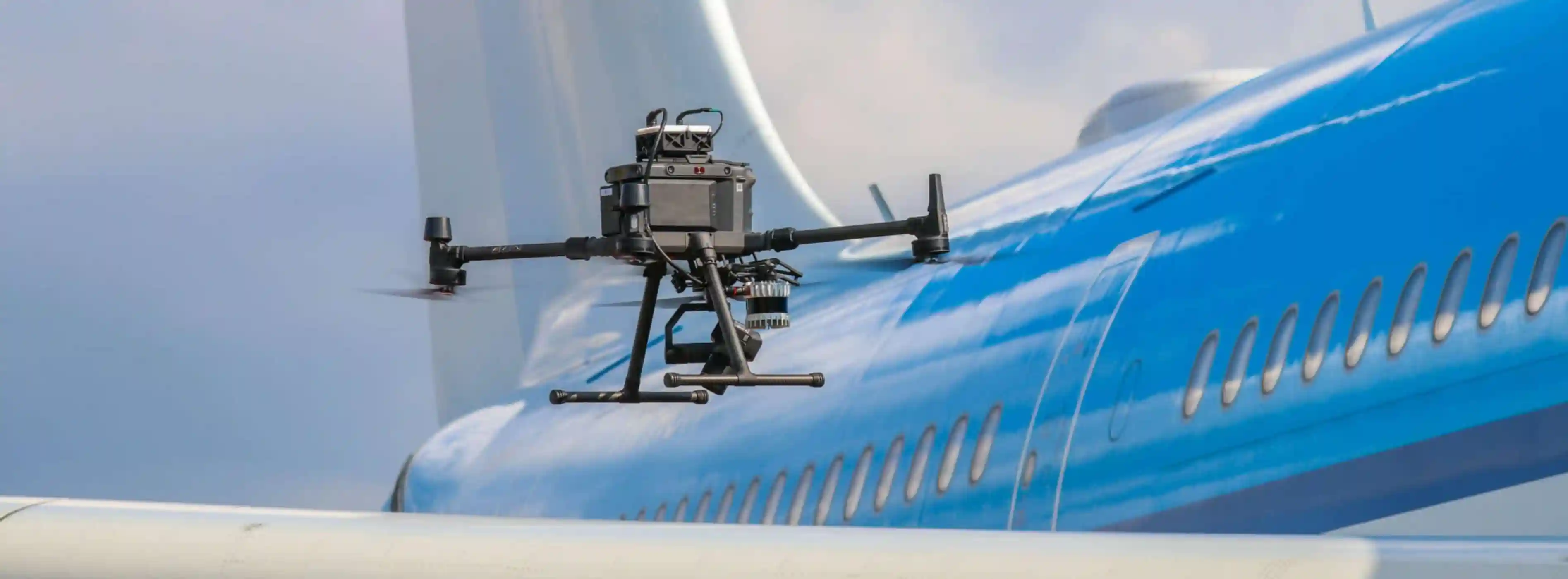
 10 Days - 80 Hours
10 Days - 80 Hours
This advanced course is designed for drone pilots who have alreadyundergone basic drone pilot training and are familiar with drone rules,regulations, and flying techniques. Building upon their existing knowledgeand skills, participants will delve into specialized areas of aircraft inspectionusing drones, equipping them with the expertise required to conductadvanced inspections in various operational environments.

